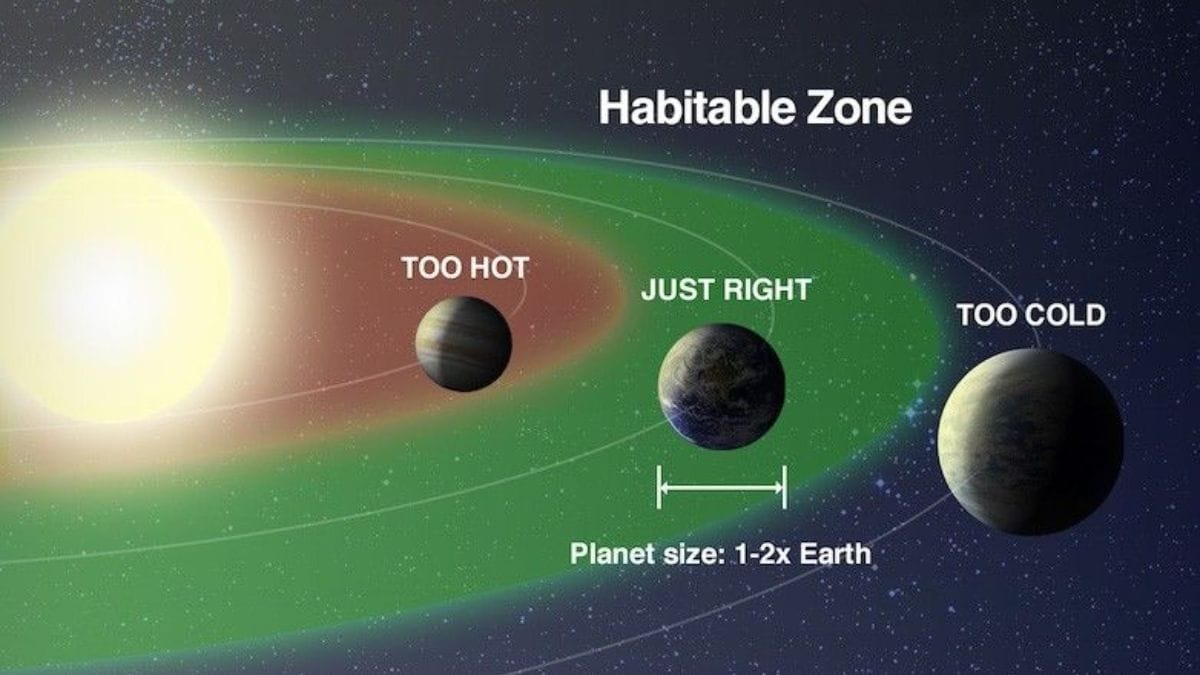
The ‘liveable zone’, often known as the ‘Goldilocks zone’, is the realm round a star the place circumstances are excellent for liquid water to exist on a rocky planet. It isn’t too scorching, not too chilly. It is usually key within the hunt for alien life, provided that water is deemed essential for all times as we all know it to evolve. This belt serves as a comfy house for our oceans, rivulets, and lakes in liquid type, because of Earth’s placement inside this zone. The invention of different planets that orbit on this liveable zone, notably ones which can be made out of rock, is at present a excessive precedence throughout the planet-searching group.
NASA Explains the Goldilocks Zone: The place Planets Can Maintain Liquid Water and Life
As per NASA explanations, if Earth have been shifted increased and nearer within the photo voltaic system the place Mercury is, floor water would begin to evaporate, ultimately boiling away right into a steam-heavy ambiance. If we took the Earth out to Pluto, in contrast, a everlasting deep freeze would flip oceans and far of the atmosphere stable. This zone lies on the not-too-cold, not-too-hot area round a star the place it receives sufficient stellar power to maintain water in its liquid state with out inflicting all of it to evaporate in countless warmth or freeze into unyielding ice — a width that extends outward or inward relying on the scale and warmth output of the star.
Goldilocks Zones: Truly, that is extra generally generally known as a Liveable Zone. And, in fact, the place precisely that’s is determined by what sort of star you imply — cool, low-luminosity stars stay a lot nearer to the Solar and at decrease temperatures; scorching, high-luminosity stars shove that zone means out. A group of scientists is on the hunt for genuine exoplanets on this area.
Water is essential for all times on Earth and pure cosmetics. Subglacial methods affect local weather and geological processes. Water signatures are essential atmospheric options for exoplanet-watchers, influencing liveable evaluation.
Sooner or later, missions will seek for exoplanet atmospheres and study “biosignature” and biosphere signatures — probably from vegetation — to see if life exists on liveable worlds.



